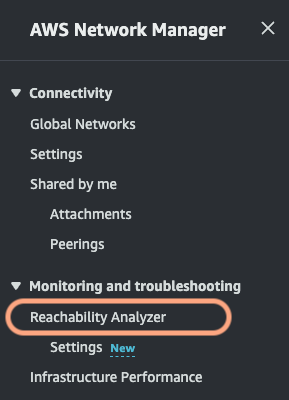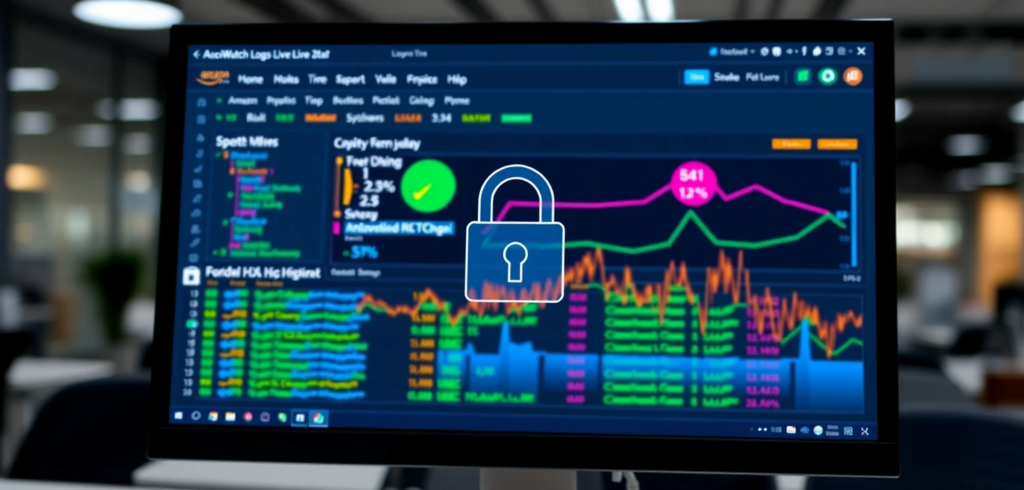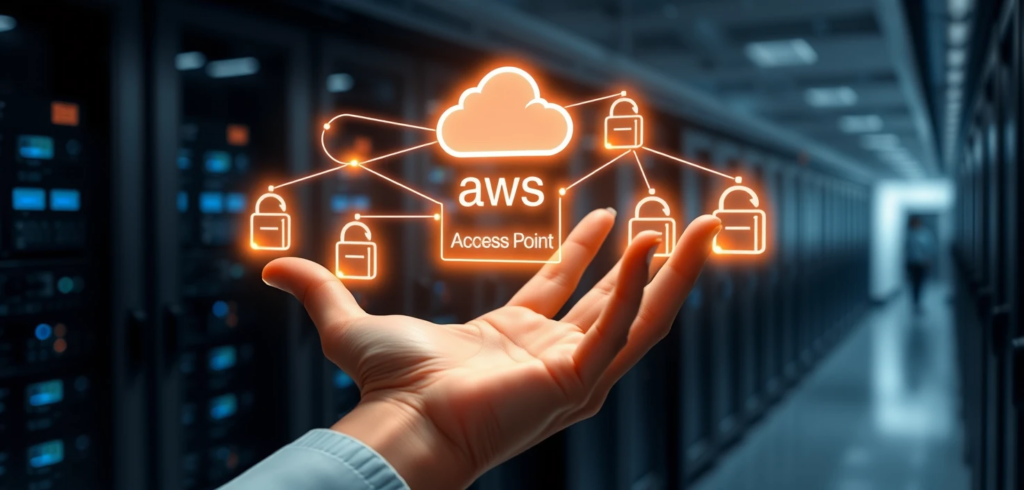
Amazon ElastiCache is a fully managed, in-memory caching service that helps you boost your application performance by retrieving information from fast, managed, in-memory caches, instead of relying solely on slower disk-based databases. Until now, you’ve had a couple of main choices for your caching engine: Memcached and Redis. Memcached is the simple, no-frills option, while Redis is the powerful, feature-rich one. Many companies, including mine, skip Memcached entirely due to its limitations. Now, there’s a new kid on the block: Valkey. And it’s not here to replace either of them but to give us more options. So, what’s the big deal?
What’s the deal with Valkey and why should we care?
Valkey is essentially a fork of Redis, meaning it branched off from the Redis codebase. It’s open-source, under the BSD 3-Clause license, and developed by a community of developers. Think of it like this: Redis was a popular open-source project, but its licensing changed slightly. So, a group of folks decided to take the core idea and continue developing it with a more open and community-focused approach. That’s Valkey in a nutshell. Importantly, Valkey uses the same protocol as Redis. This means you can use the same Redis clients to interact with Valkey, making it easy to switch or try out.
Now, you might be thinking, “Another caching engine? Why bother?”. Well, the interesting part about Valkey is that it claims to be just as powerful as Redis, but potentially more cost-effective. This is achieved by focusing on performance and resource usage. While Valkey has similarities with Redis, its community is putting in effort to improve some internal aspects. The end goal is to offer performance comparable to Redis but with better resource utilization. This can lead to significant cost savings in the long term. Also, being open source means no hefty licensing fees, unlike some commercial versions of Redis. This makes Valkey a compelling option, especially for applications that rely heavily on caching.
Valkey vs. Redis? As powerful as Redis but with a better price tag
This is where things get interesting. Valkey is designed to be compatible with the Redis protocol. This is crucial because it means migrating from Redis to Valkey should be relatively straightforward. You can keep using your existing Redis client libraries, which is a huge plus.
Now, when it comes to speed, early benchmarks suggest that Valkey can go toe-to-toe with Redis, and sometimes even surpass it, depending on the workload. This could be due to some clever optimizations under the hood in how Valkey handles memory or manages data structures.
But the real kicker is the potential for cost savings. How does Valkey achieve this? It boils down to efficiency. It seems that Valkey might be able to do more with less. For example, it could potentially store more data in the same instance size compared to Redis, meaning you pay less for the same amount of cached data. Or, it might use less CPU power for the same workload, allowing you to choose smaller, cheaper instances.
Why choose Valkey on ElastiCache? The key benefits
Let’s break down the main advantages of using Valkey:
- Cost reduction: This is probably the biggest draw. Valkey’s efficiency, combined with its open-source nature, can lead to a smaller AWS bill. Imagine needing fewer or smaller instances to handle the same caching load. That’s money back in your pocket.
- Scalable performance: Valkey is built to scale horizontally, just like Redis. You can add more nodes to your cluster to handle increased demand, ensuring your application remains snappy even under heavy load. It supports replication and high availability, so your data is safe and your application keeps running smoothly.
- Flexibility and control: Because Valkey is open source, you have more transparency and control over the software you’re using. You can peek under the hood, understand how it works, and even contribute to its development if you’re so inclined.
- Active community: Valkey is driven by a passionate community. This means continuous development, quick bug fixes, and a wealth of shared knowledge. It’s like having a global team of experts working to make the software better.
So, when should you pick Valkey over Redis?
Valkey seems particularly well-suited for a few scenarios:
- Cost-sensitive applications: If you’re looking to optimize your infrastructure costs without sacrificing performance, Valkey is worth considering.
- High-Throughput workloads: Applications that do a lot of reading and writing to the cache can benefit from Valkey’s efficiency.
- Open source preference: Companies that prefer using open-source software for philosophical or practical reasons will find Valkey appealing.
Of course, it’s important to remember that Valkey is relatively new. While it’s showing great promise, it’s always a good idea to keep an eye on its development and adoption within the industry. Redis remains a solid, battle-tested option, so the choice ultimately depends on your specific needs and priorities.
The bottom line
Adding Valkey to ElastiCache is like getting a new, potentially more efficient tool in your toolbox. It doesn’t replace Redis, but it gives you another option, one that could save you money while delivering excellent performance. So, why not give Valkey a try on ElastiCache and see if it’s the right fit for your application? You might be pleasantly surprised. Remember, the best way to know is to test it yourself and see those cost savings firsthand.











